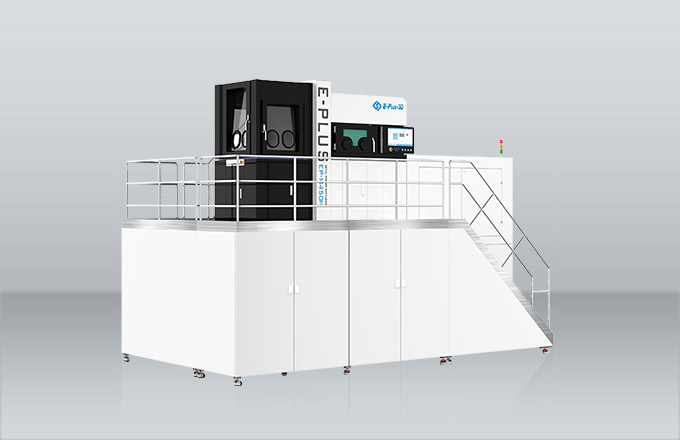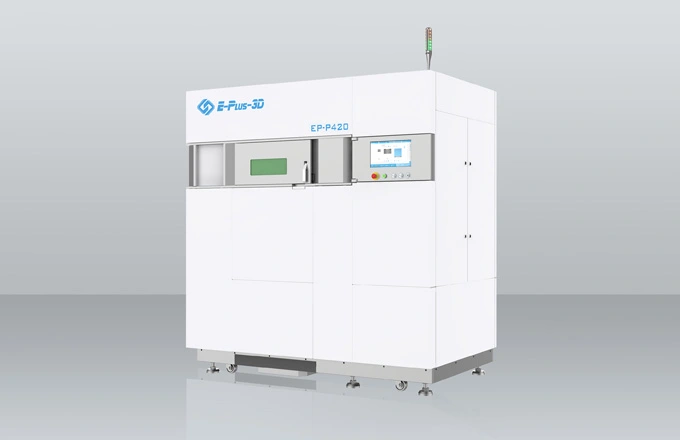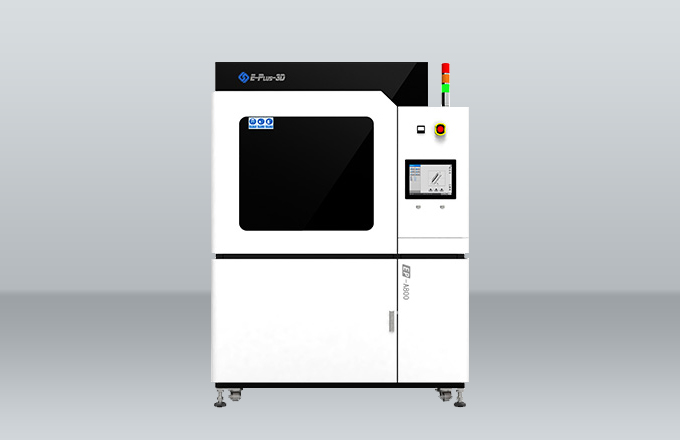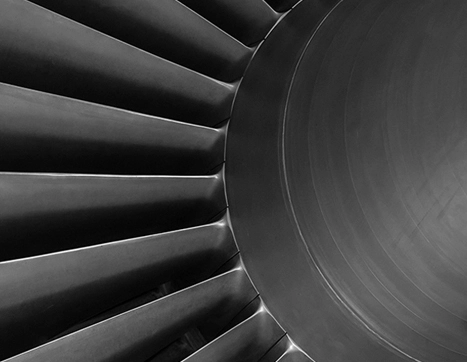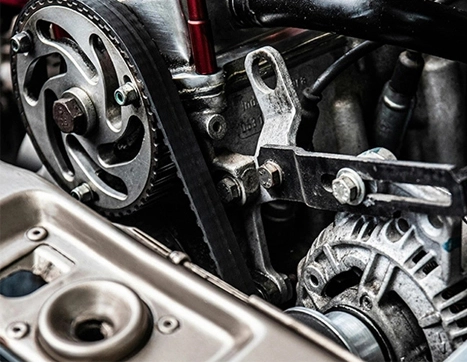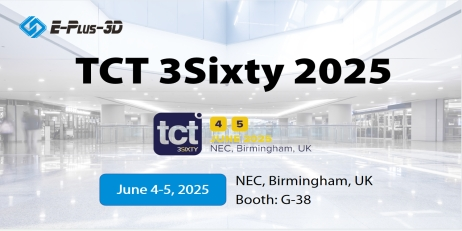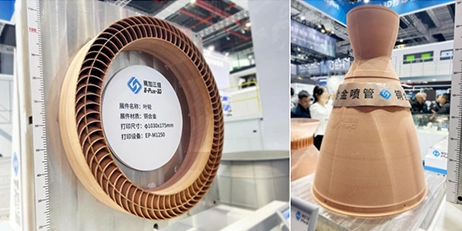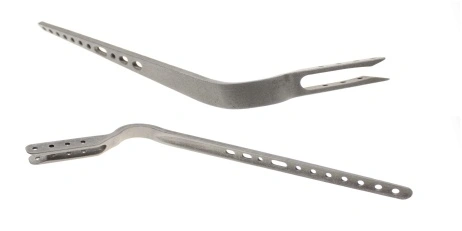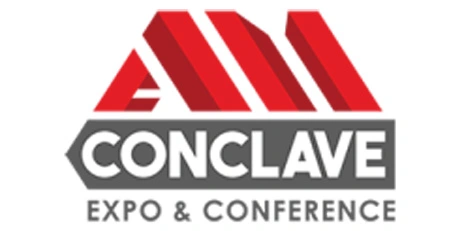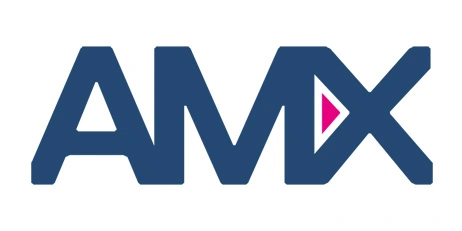- Metal AM Machines
-
Products
Additive Manufacturing Machines Additive Manufacturing Materials Software Solutions Technical ConsultingAdditive Manufacturing MachinesEplus3D is a professional additive manufacturing equipment manufacturer and application solution provider, especially in the field of metal 3D printers. We have a comprehensive leading industrial 3D printing technology and the advantage of cost-effective.Additive Manufacturing MaterialsWith the industry's advanced level of 3D printing metal, polymer, stereolithography and other additive manufacturing technologies, Eplus3D has independent research and development of laser technology-based metal and high-performance plastic additive manufacturing printing equipment and materials, which are widely applied in aerospace, automotive, medical, mold industries, etc.Software SolutionsThe software solution independently developed by Eplus3D is easy to operate with the features of one-click printing, offline analysis, etc., which can maximize printing efficiency and reduce labor costs. This is also one of the core competitiveness of Eplus3D in the metal 3D printing process and additive manufacturing system.Technical ConsultingWith over 30 years of technical experience in industrial metal 3D printing and additive manufacturing, Eplus3D experts are always on hand to help you find the right solution!
- Industries
- Resources
- About
- Support


